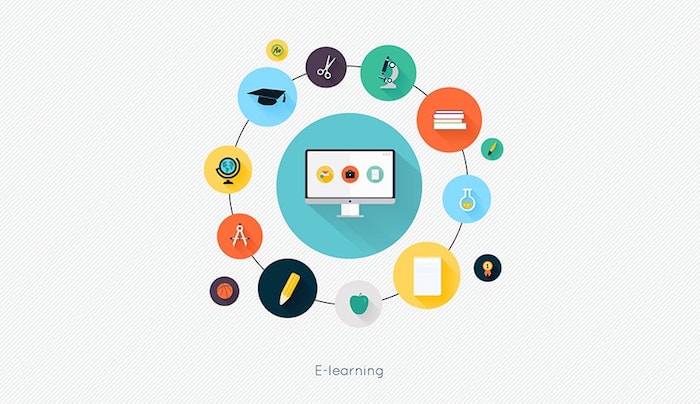
About this course:
Electrical Machines
Description:
EE 380 Electrical Machines (3-0-0-6)
Introduction to electrical machines: applications, types, difference between machines and transformers; Review of power circuits: three-phase systems, star and delta connections; Active, reactive, apparent, complex power, power diagrams, power factor; Phasor diagrams: complex impedance and impedance triangle; Magnetic circuits: review of magnetic properties of materials, analysis of basic magnetic circuits, reluctance and mmf in magnetic circuits, forces in magnetic circuits; Principles of electromechanical energy conversion: single and double excited linear systems, single and double excited rotational systems, concept of torque (interaction and reluctance torques); Introduction to rotating machines: underlying concepts and features of rotating machines, fundamental torque equation, derivation of electrical equivalent circuits of machines, rotating field principle, air-gap mmf and permeance, 3-phase windings, winding factors; Synchronous machines: generated emf, output equation, armature reaction, phasor diagram, synchronous reactance, equivalent circuit, open and short-circuit characteristics, regulation, load angle, synchronous machine on infinite busbars, effects of saturation, salient-pole machine, synchronizing, synchronous motor, V curves, power factor correction; Polyphase induction motors: Basic theory and construction of squirrel-cage and wound-rotor motors, equivalent circuit, measurement of equivalent circuit parameters, analysis of machine equations, speed/torque curves, circle diagram, starting performance, speed control, single-phase induction motor, deep bar effect in squirrel-cage induction motor; Direct current machine: Review of construction, basic equations and steady-state characteristics, windings, field form and armature reaction, commutation and use of interpoles, starting and speed control; Single-phase ac motors: Outline of shaded-pole, universal, permanent magnet, and reluctance machines with applications; Special motors: outline of shaded-pole, universal, permanent magnet, and reluctance machines with applications; Single- and 3-phase transformers: review of principles of operation, construction, review of equivalent circuit, open-circuit and short-circuit tests, regulation, three-phase connections, parallel operation, auto-transformer, introduction to 3rd harmonic phenomenon and unbalanced loading.
Texts:
[1] E. Fitzgerald, C. Kingsley, Jr., and S. D. Umans, Electric Machinery, 6th edition. McGraw-Hill, 2017.
[2] J. Chapman, Electrical Machinery and Power System Fundamentals. McGraw-Hill, 2001.
References:
[1] Zorbas, Electric Machines, Principles, Applications, and Control Schematics, 2nd edition. Cengage India, 2017.
[2] T. Chau, Electric Vehicle Machines and Drives – Design, Analysis and Application. Wiley Blackwell, 2015.
[3] Karapetoff, The Magnetic Circuit - Electromagnetic Engineering. Wexford, 2003.